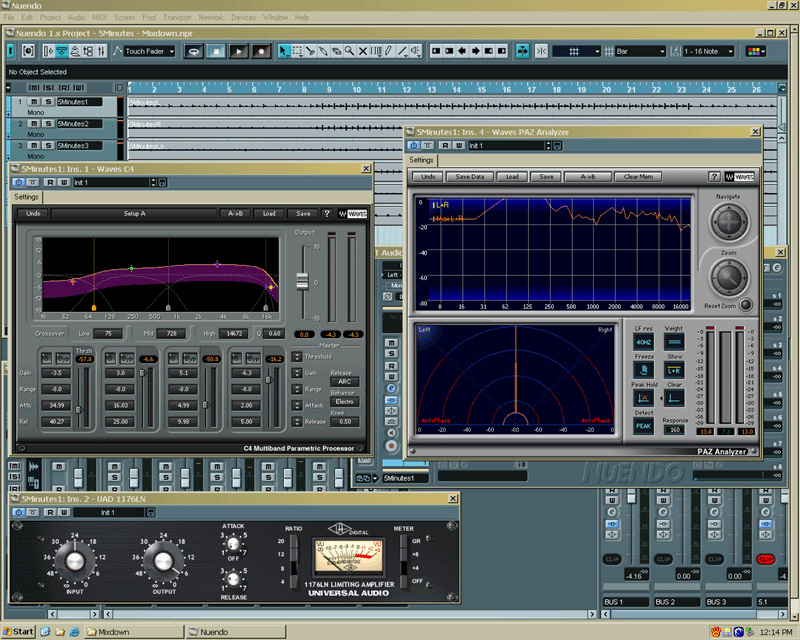


Secondly, the 8 participants answered a structured questionnaire and in the course of the sessions, as a snowball activity, were trained to survey 6 other crack smokers. Two focus group sessions were undertaken with a total of 8 drug users. Methods The study took place in SAPS, Barcelona, Spain. Smoked cocaine in socially-depressed areasįull Text Available Abstract Background The main objectives of this study are to describe the smoked cocaine user's profile in socially-depressed areas and their needs from a harm-reduction perspective, to investigate their use of smoking crack and compare the acute effects between injecting and smoking consumption. These findings suggest that supervised inhalation facilities offer potential to reduce street-disorder and reduce encounters with police.

However, a majority of public crack smokers reported being willing to use a supervised inhalation facility, and individuals who had recent encounters with police were more likely to report willingness. Conclusion We found a high prevalence of public crack smoking locally, and this behavior was independently associated with encounters with police. Factors independently associated with willingness include: female gender, engaging in risky pipe sharing and having encounters with police. In sub analysis, 71% of public crack smokers reported willingness to use a supervised inhalation facility. In multivariate analysis, factors independently associated with public crack smoking included: daily crack cocaine smoking daily heroin injection having encounters with police and engaging in drug dealing. Results Among our sample of 623 people who reported crack smoking, 61% reported recently using in public locations.

Among public crack smokers we then identified factors associated with willingness to use a supervised inhalation facility. Using multivariate logistic regression we identified factors associated with smoking crack cocaine in public areas. Methods Data for this study were derived from a Canadian prospective cohort of injection drug users. We sought to identify factors associated with public crack smoking, and assess the potential for a supervised inhalation facility to reduce engagement in this behavior, in a setting planning to evaluate a medically supervised crack cocaine smoking facility. Public crack cocaine smoking and willingness to use a supervised inhalation facility: implications for street disorderĭirectory of Open Access Journals (Sweden)įull Text Available Abstract Background The health risks of crack cocaine smoking in public settings have not been well described.


 0 kommentar(er)
0 kommentar(er)
